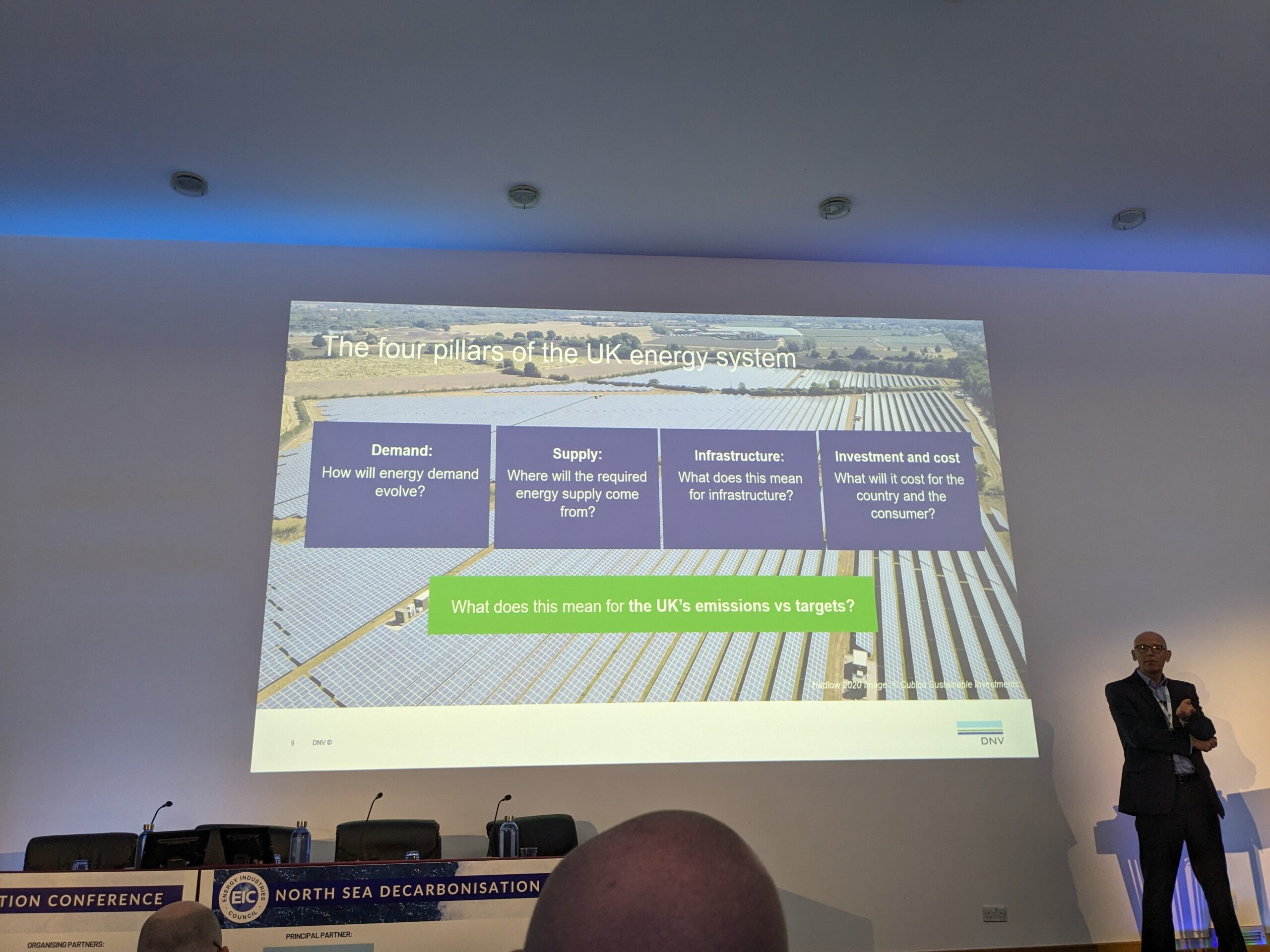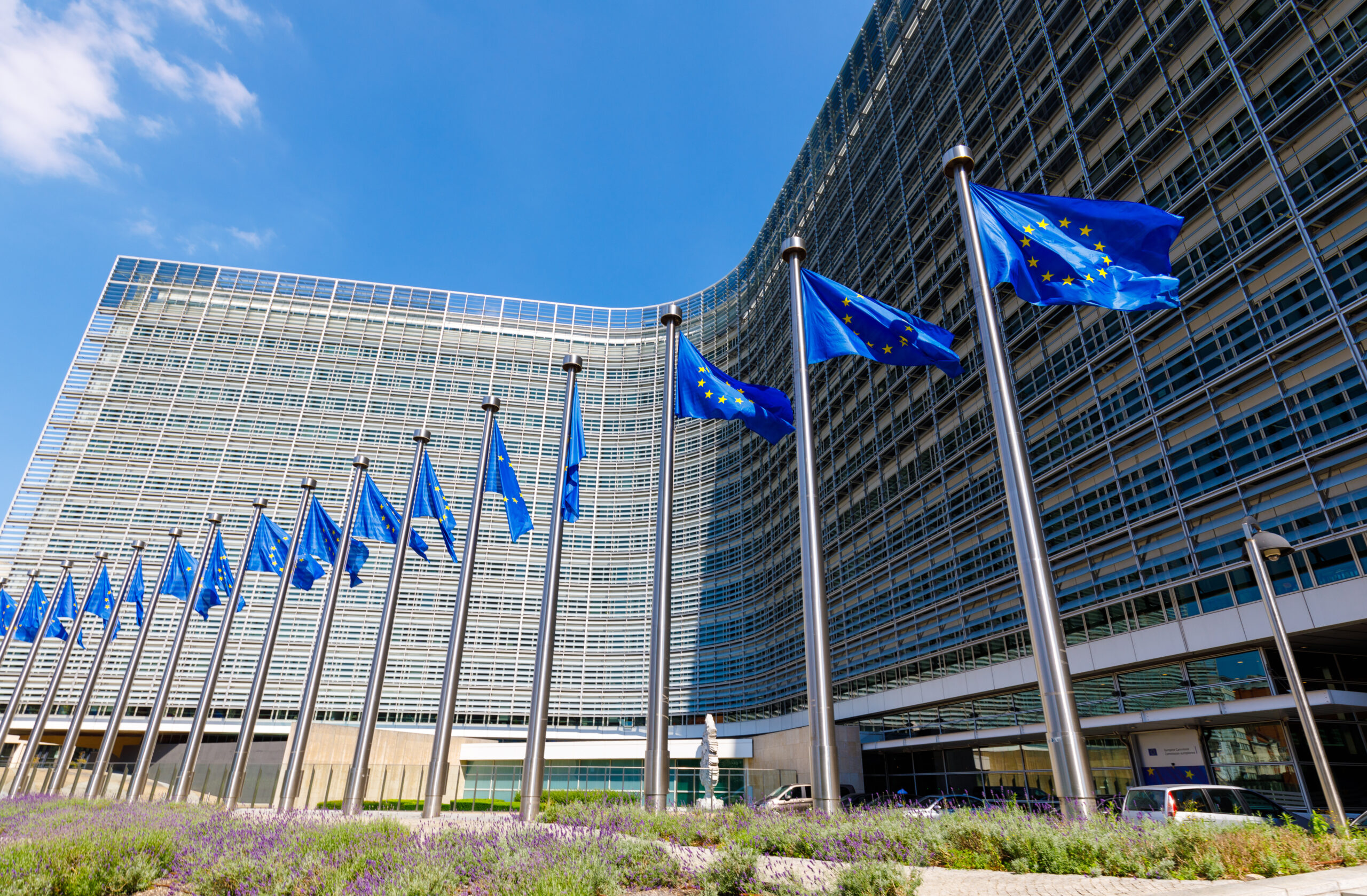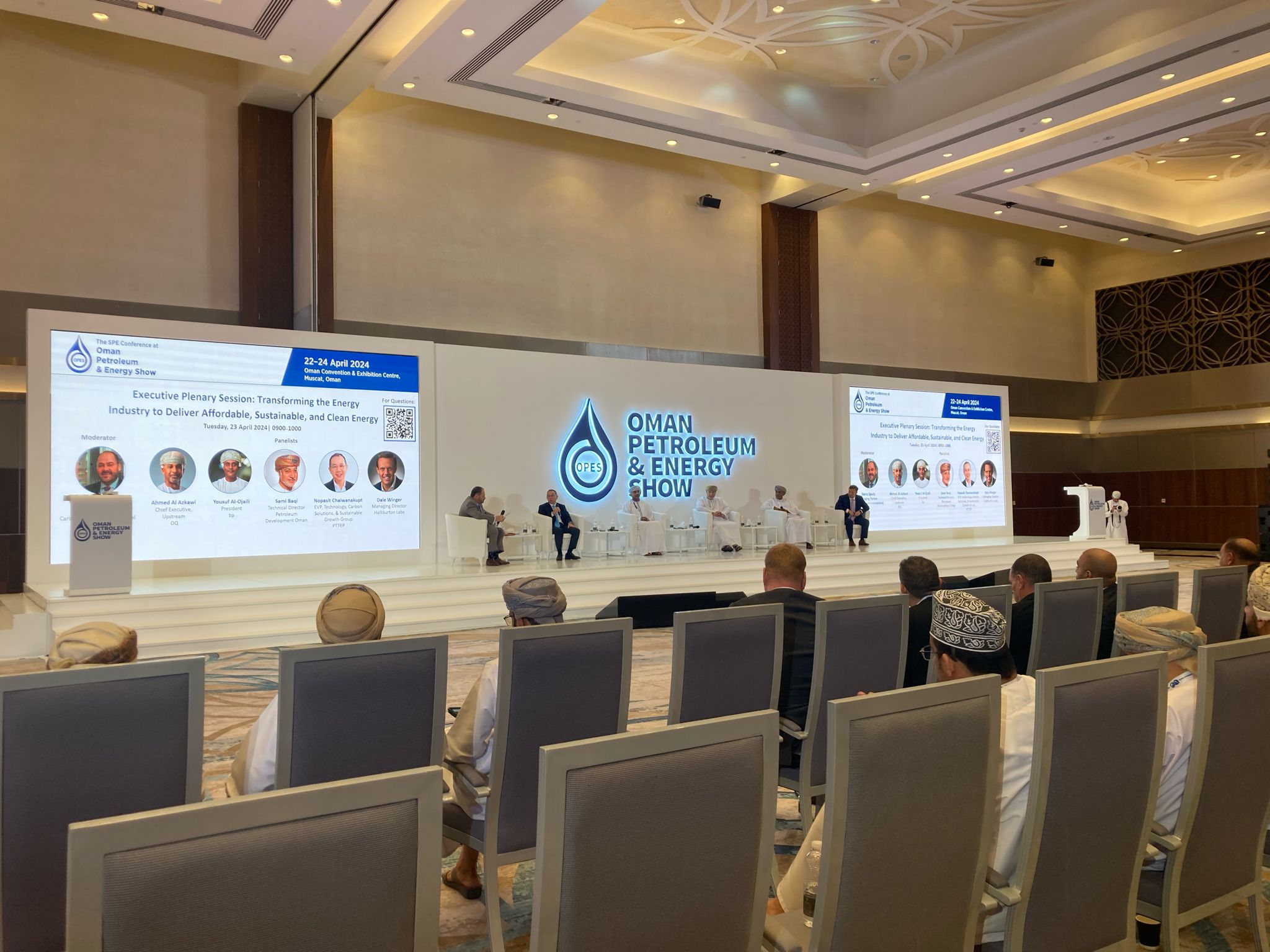Energy transition to take longer than expected: official says at Oman Petroleum & Energy Show
Oman’s energy transition will take longer than expected, a government official said on the opening day of the Oman Petroleum and Energy Show.

(Muscat, Oman) — Industry leaders at the opening session of the Oman Petroleum and Energy Show in Muscat on Monday delved deep into the competing imperatives faced by Oman’s gas industry to provide affordable energy to consumers and change the narrative about gas in the energy transition.
Oman is the Middle East’s largest non-OPEC oil producer and one of the longest-established LNG exporters in the Gulf with 11.4 Mtpa of export capacity. It has also been pushing to boost its renewables capacity and become a key producer and exporter of hydrogen as part of its 2040 Vision and 2050 net zero targets.
But Mohsin Al Hadhrami, undersecretary at Oman’s ministry of energy and minerals stressed that for its own sustainability, Oman will still depend on the growth of oil and gas whilst pushing for decarbonisation, meaning the energy transition will take longer than expected.
This view was echoed by Steve Phimister, managing director of (PDO) Petroleum Development Oman, the sultanate’s state-owned oil and gas producer: “The hard truth is that the economy of Oman and its future, is still fuelled strongly by the oil sector. We have an obligation to sustain the existing system whilst we build the new one, “ he stated. “We need to sustain our business in a cost- and carbon competitive manner,” he said.
Technologies form the cornerstone of the transition, from carbon capture technologies to enhanced oil recovery using Co2. But costs and commercial viability remain a big issue, the panel of the opening session agreed. According to Al Hadhram, “the challenge for the industry is the ability to scale and industrialise solutions,“ he said, adding that setting up adequate regulation to minimise costs and bring in finance remains key.
Methane emissions
For Sherif Foda, chairman and CEO of energy services company NESR, the focus should be on what the oil and gas industry can do now, or the “low hanging fruits.” Reducing methane emissions is top of the list, considering the contribution of methane emissions to GHG emissions and the existence of solutions.
“If we look at methane itself, 40% comes from agriculture, and 60% comes from fossil fuels,” he said. “If we are able to monitor all the sites from venting, all the gas industry itself will be able to eliminate that by 2030, and that will change the narrative where producing countries are opposed to the consumers,” he said.
Such a solution features among the ‘easier projects’ while companies are working on reducing costs and achieving commerciality in the deployment of technologies such as CCS, he added.



